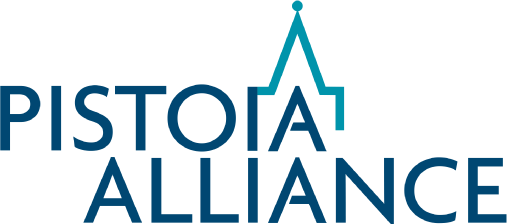This set of heuristics will help you to better apply good design practices when working with data driven projects.
Resource Tag: Core Projects
Research, Design & Build
How To Create A Flexible User Research & Product Planning Database For The UX Pipeline
Synthesizing user research is messy, especially in the complex world of life sciences. The typical output of siloed research briefs often lacks durability across projects, transparency in synthesis rationale and derived decisions, and accessibility by stakeholders outside the design team. This session will dive into how the double-diamond design philosophy manifests into diverse user research artifacts and methods for structuring and synthesizing these artifacts in a centralized research database like Airtable to facilitate the design process and extend their value to the rest of your organization.
UXLS 2021 Conference: Research, Design, and Build
Synthesizing user research is messy, especially in the complex world of life sciences. The typical output of siloed research briefs often lacks durability across projects, transparency in synthesis rationale and derived decisions, and accessibility by stakeholders outside the design team. This session will dive into how the double-diamond design philosophy manifests into diverse user research artifacts and methods for structuring and synthesizing these artifacts in a centralized research database like Airtable to facilitate the design process and extend their value to the rest of your organization.
UXLS 2021 Keynote Address: Three Simple Wishes
Being a Research Scientist is a challenging role without the additional complexity of working with a plethora of Tech systems. Focusing on UX in Life Science Tech provides the opportunity to not just alleviate this complexity, but completely rethink the way scientists use Tech to achieve their goals.
Having led both scientists and Tech teams, Julie will offer some unique insights into what it’s like to be a user within a lab environment, and the provider of the Tech solutions they rely on day-to-day. Using some real-world examples from the labs, this talk will show how a focus on UX and Design can really make a difference to their jobs, and through this the value they can deliver to patients.
Julie will also offer her three wishes of Tech, from enterprise teams to vendors, that will pave the way for a better user experience for scientists.
Speaker
Julie Huxley-Jones Vice President, Research Solutions, GSK
UXLS 2021 Keynote Address: Three Simple Wishes
Being a Research Scientist is a challenging role without the additional complexity of working with a plethora of Tech systems. Focusing on UX in Life Science Tech provides the opportunity to not just alleviate this complexity, but completely rethink the way scientists use Tech to achieve their goals.
Having led both scientists and Tech teams, Julie will offer some unique insights into what it’s like to be a user within a lab environment, and the provider of the Tech solutions they rely on day-to-day. Using some real-world examples from the labs, this talk will show how a focus on UX and Design can really make a difference to their jobs, and through this the value they can deliver to patients.
Julie will also offer her three wishes of Tech, from enterprise teams to vendors, that will pave the way for a better user experience for scientists.
 | Keynote Speaker: Julie Huxley-Jones, Vice President, Research Solutions, GSK |
UXLS: Data and UX Heuristics
This informal panel discussion took place during the 2021 User Experience for Life Sciences Virtual Conference.
In this discussion, the UXLS project unveils the first draft of the Data and UX heuristics which have been crafted to support UX designers working on data-driven projects. This is a great example of how two Pistoia Alliance projects, UXLS and FAIR Implementation have collaborated to support UX designers and researchers in applying the FAIR principles and designing within the complexity of an ever-changing data landscape.
Scaling User Experience in the Life Sciences
In recent years, we have seen demand for User Experience (UX) in the life sciences increase. As demand has increased UX leaders in a variety of organizations have grappled with how best to expand their UX capabilities. Join us for this webinar where we will hear from a number of our project members on their approaches to scale UX in their organizations and product lines.
CSCS Expert Community – Brexit
This webinar, with speakers from Biocair, provided an overview of the state of play around Brexit and the impact on international pharmaceutical research.
UXLS: Supporting Organizations to scale UX Capability
UXLS Toolkit
A toolkit to increase the adoption of user experience (UX) practices in life sciences.
cHemTS Compliance Checker
Compliance Checker is a software system with a continuously updated regulation package built to screen single chemical structures or large collections against controlled substance legislation.
